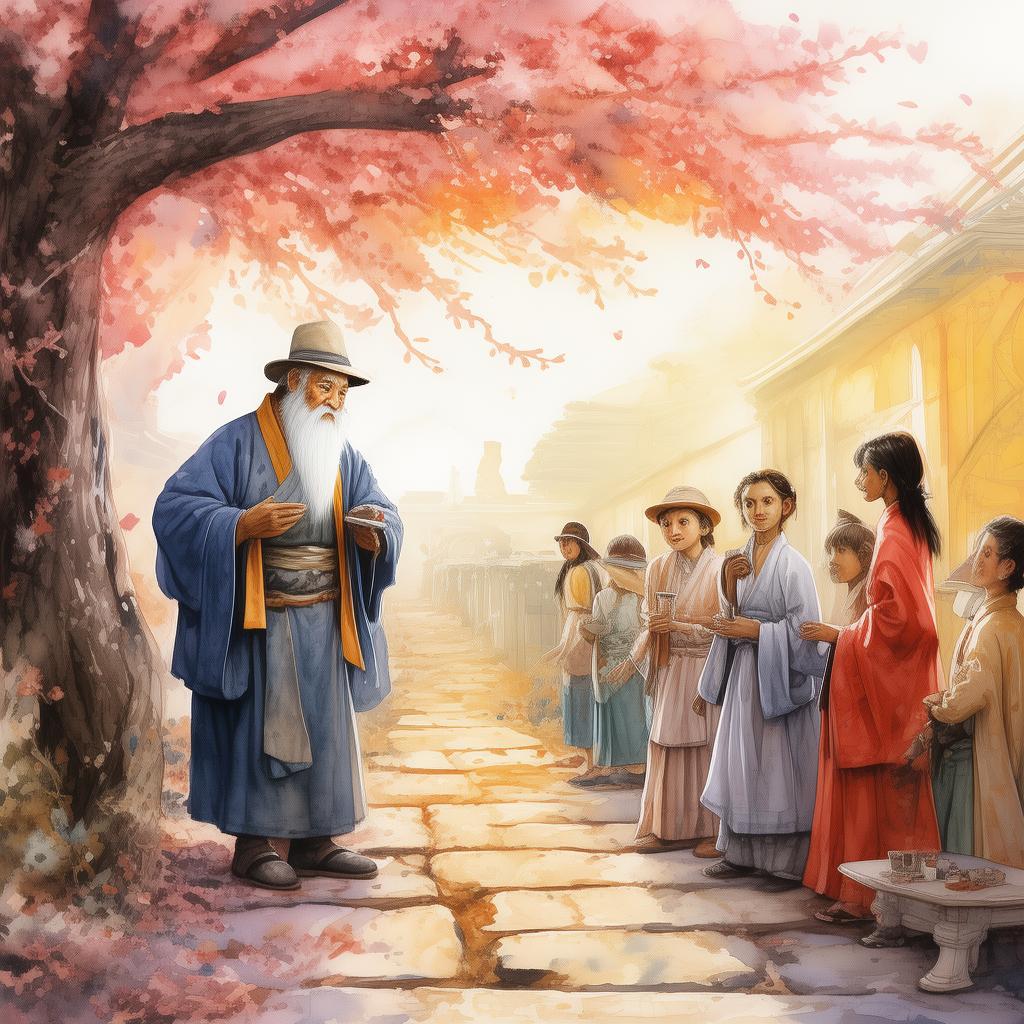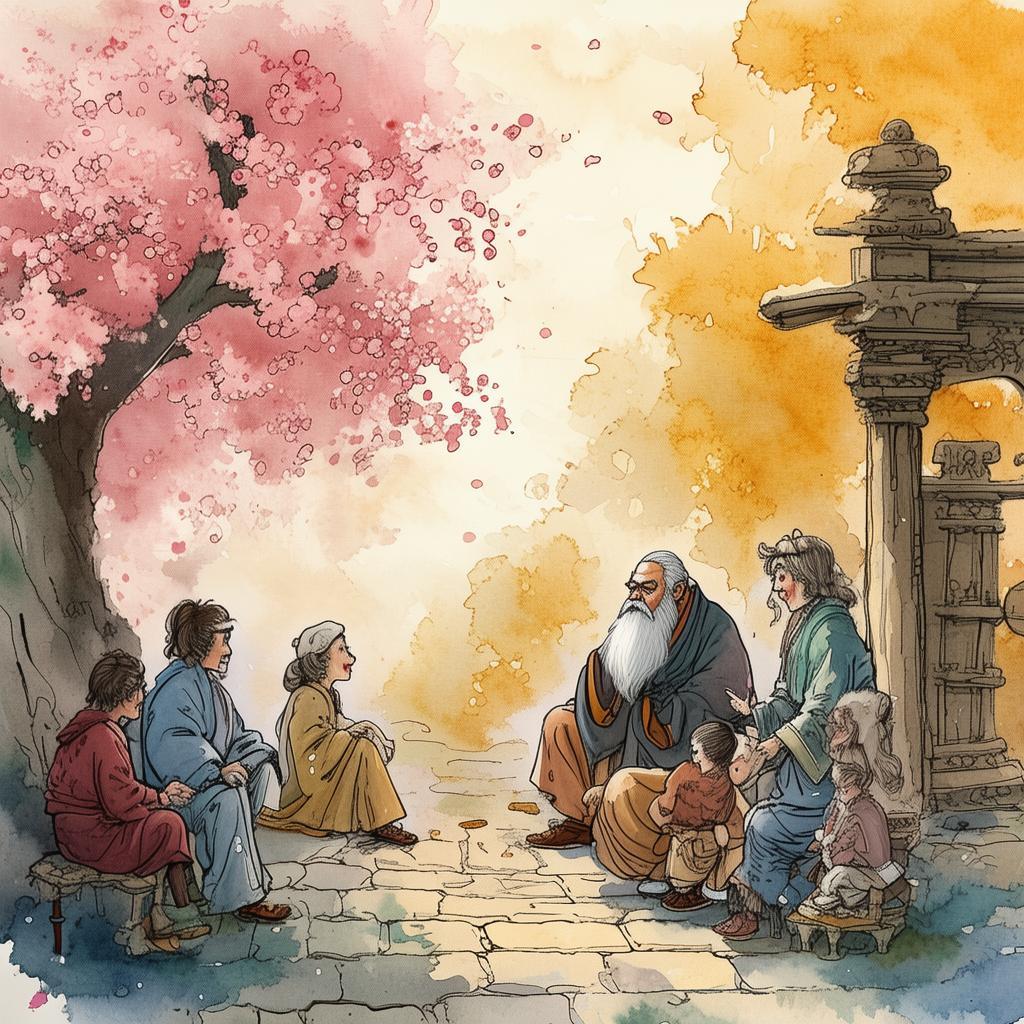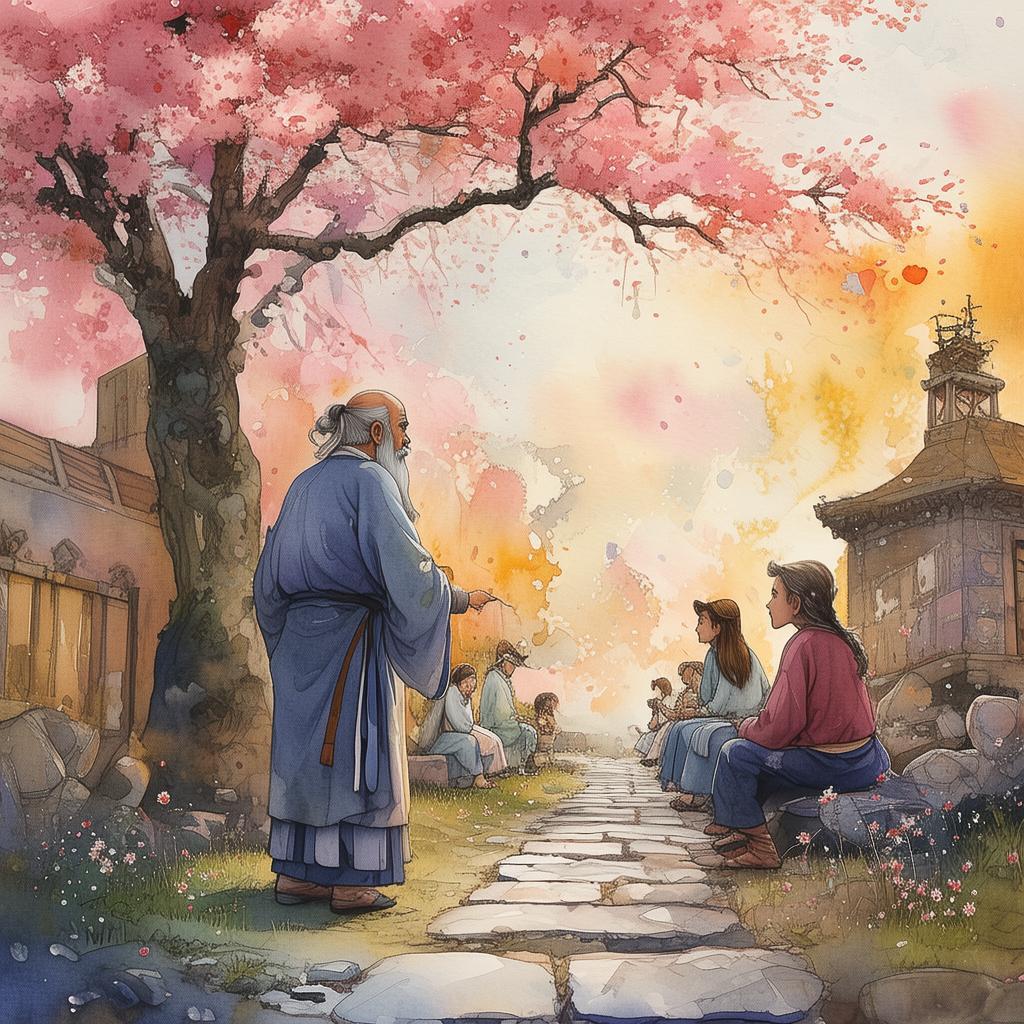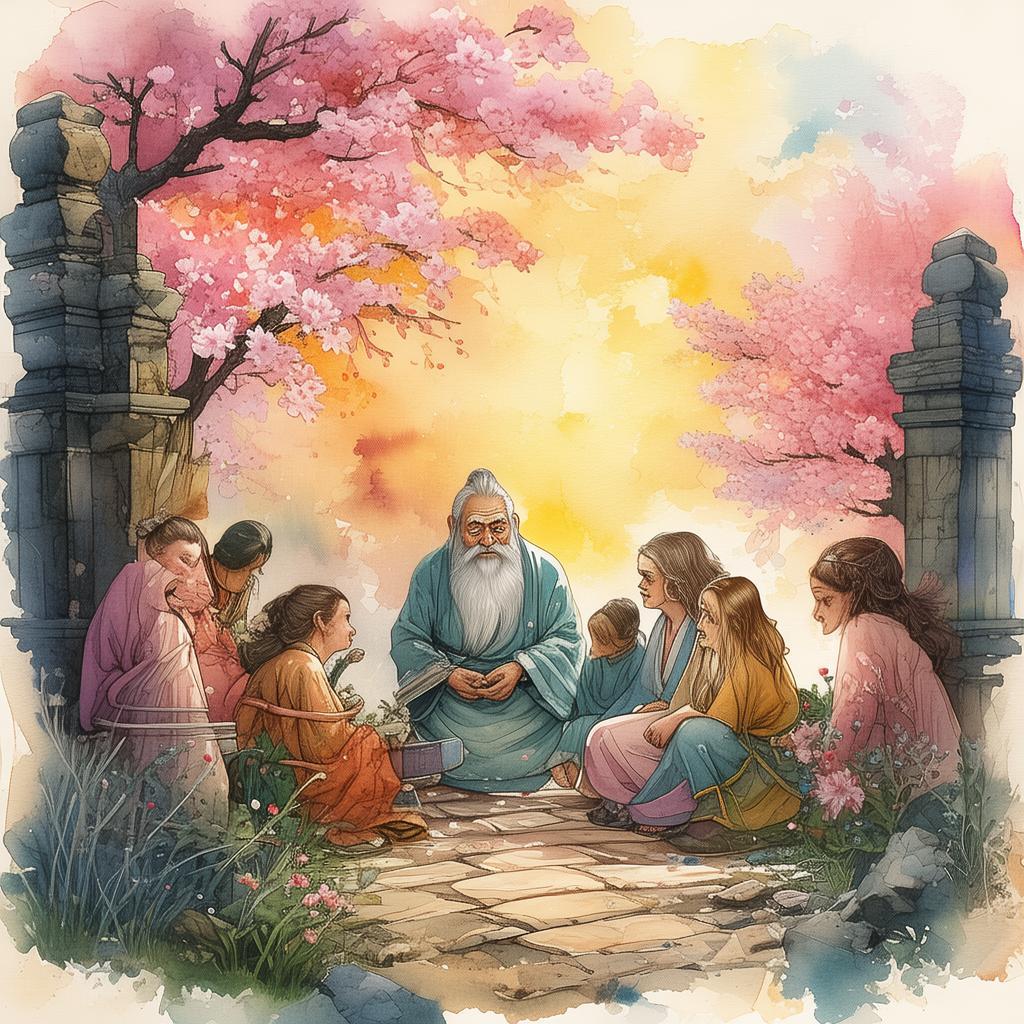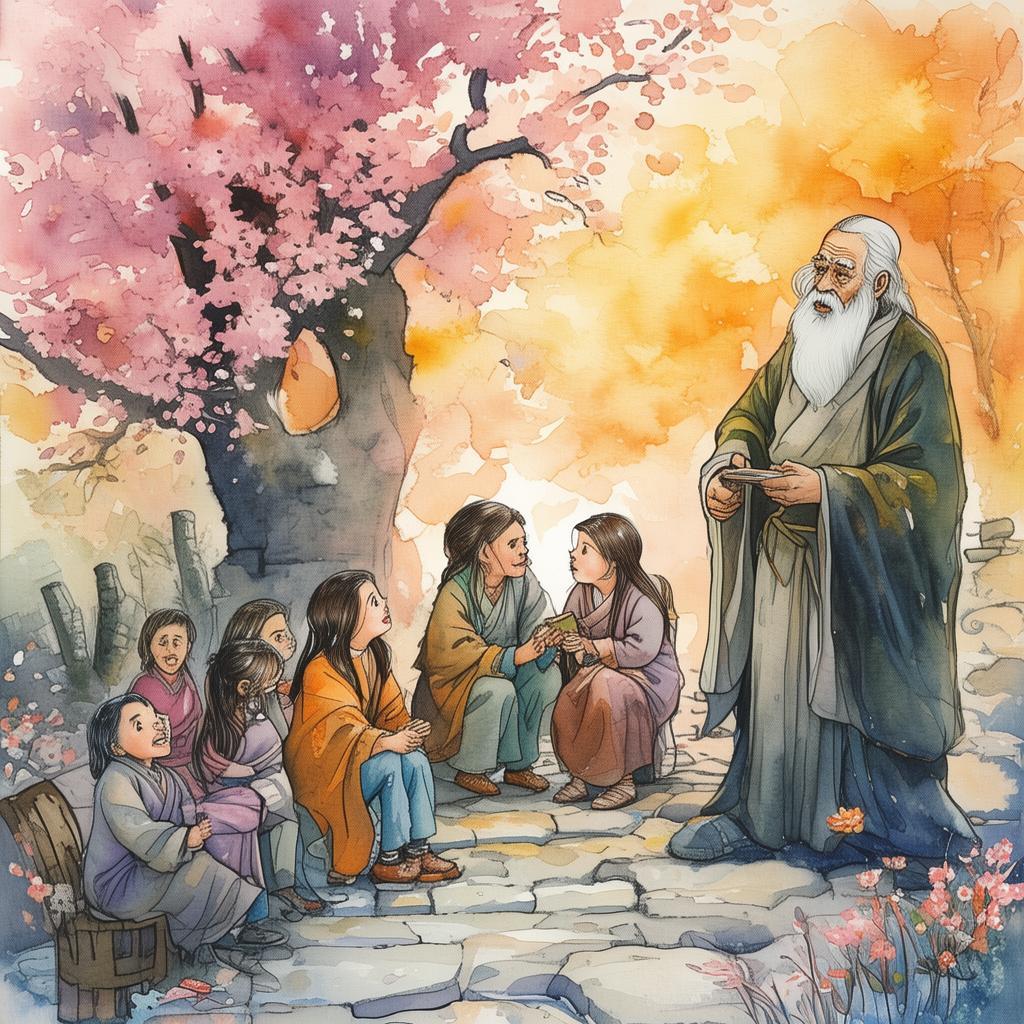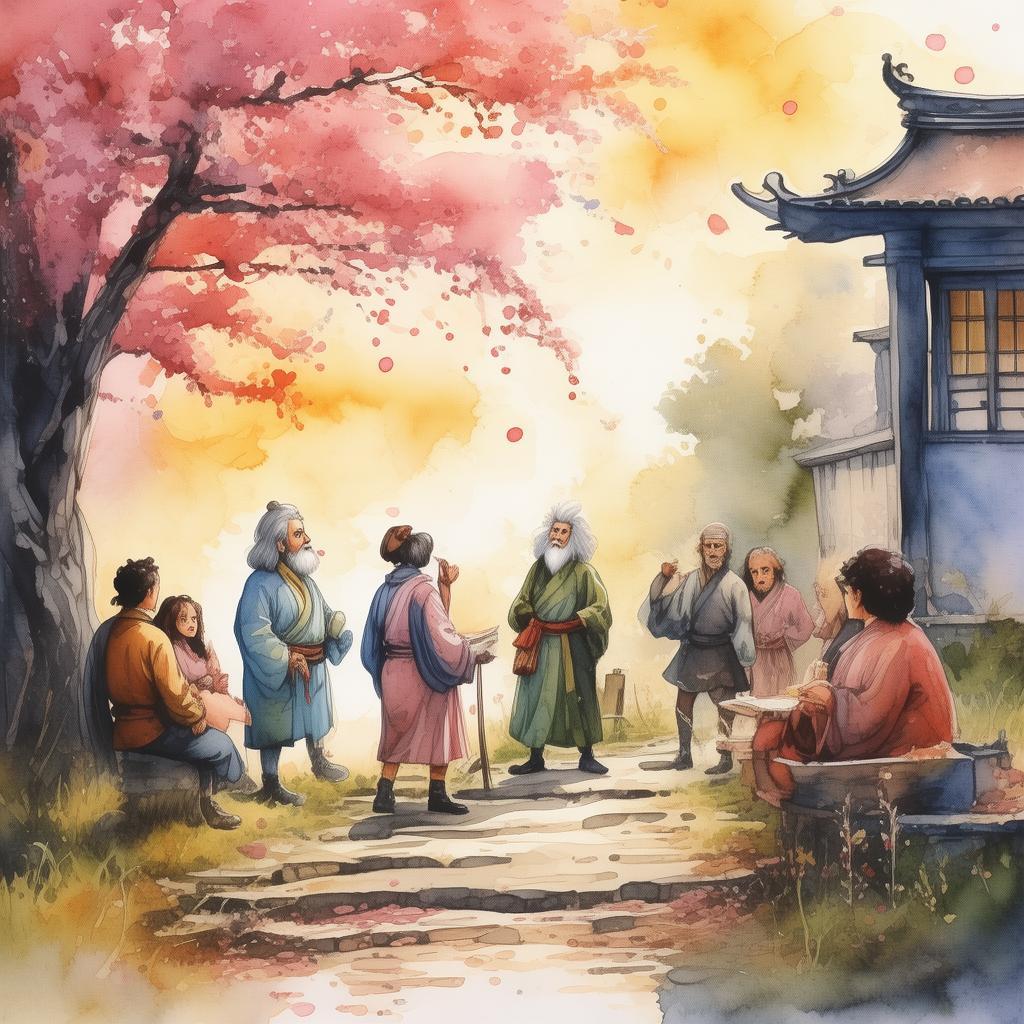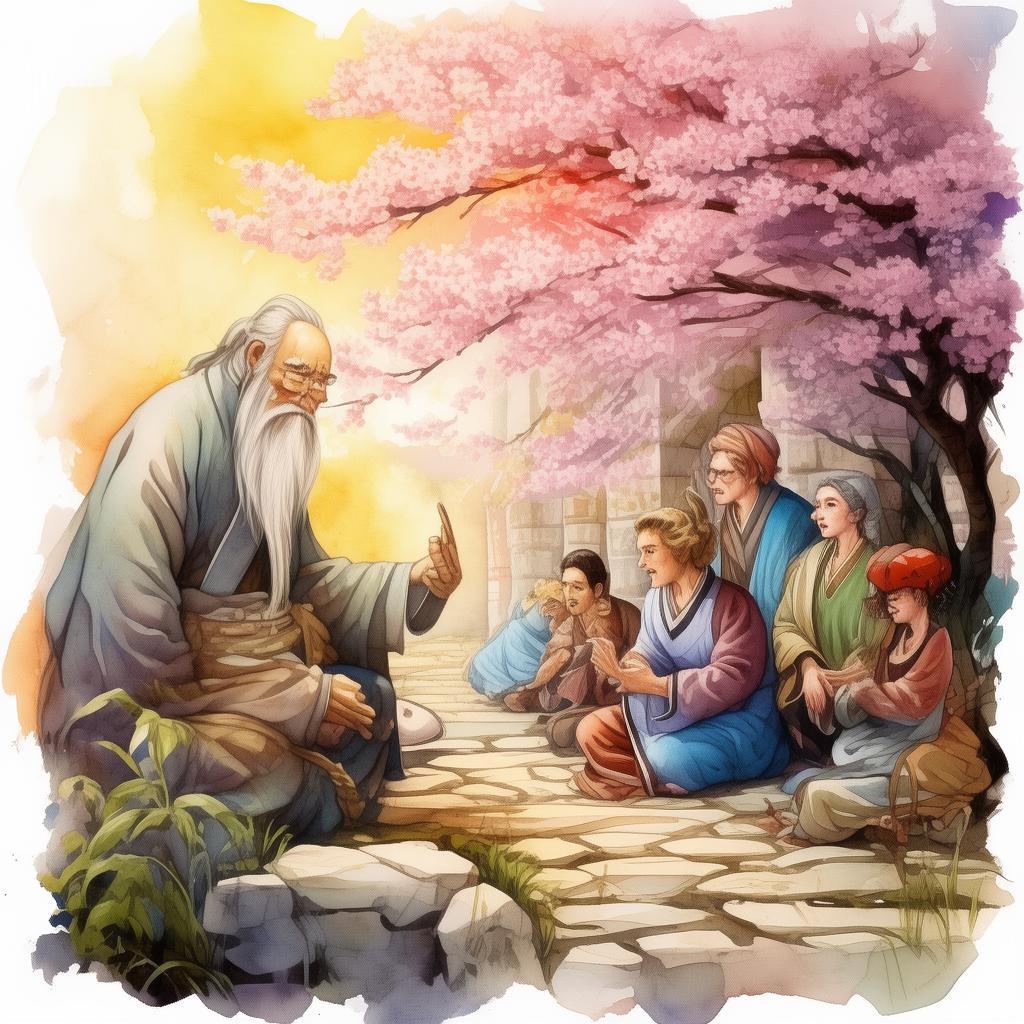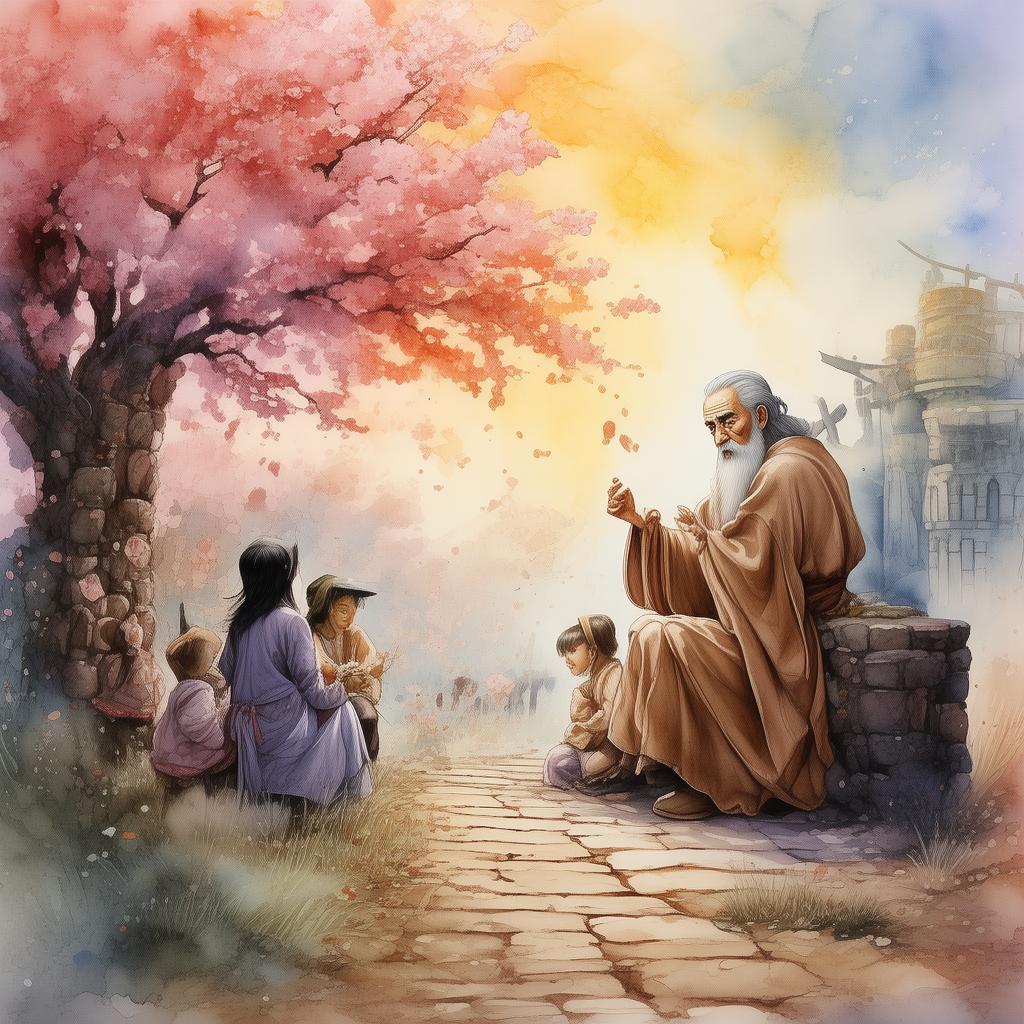Cartesian Conundrum: The Curved Path to Enlightenment
In the heart of the 17th century, there was a mathematician whose mind was as boundless as the universe itself. His name was René Descartes, and he sought the ultimate truth, the very essence of existence. Descartes was a man of many questions, and his relentless pursuit of answers led him to the enigmatic world of curves and conundrums.
One crisp autumn morning, as the leaves danced in the wind, Descartes sat by his window, gazing at the world outside. His mind was a canvas of thoughts, each one a brushstroke painting the picture of his philosophical odyssey. He had already established the foundation of his philosophical system, known as Cartesian Dualism, which posited that the mind and body were two distinct substances. But now, he felt the call of the unknown, a whisper from the depths of his intellect that beckoned him to explore the uncharted territories of his own mind.
Descartes decided to embark on a journey that would take him beyond the realm of mathematics and into the heart of philosophy. He would seek to understand the nature of reality, the existence of God, and the purpose of his own existence. To do this, he needed a guide, someone who could navigate the treacherous waters of his intellectual pursuits.
Thus, he turned to the works of ancient philosophers, the great thinkers who had laid the groundwork for his journey. He read the words of Socrates, Plato, and Aristotle, and he found within them the seeds of his own enlightenment. But it was the curves and conundrums that intrigued him the most. He saw in them the reflection of the universe's complexity, a mirror to the infinite possibilities of existence.
One day, as Descartes was pondering the nature of curves, a conundrum struck him like a bolt of lightning. If he could draw a perfect circle, how could he be certain that the circle was not simply a projection of his own mind? The very act of drawing a circle, he realized, was an extension of his own will, and therefore, the circle could not be an objective reality.
This realization sent him into a tailspin of doubt. If the circle could be a mere figment of his imagination, then what about the rest of the world? Could the world be nothing more than a dream, a product of his own mind? Descartes felt the weight of his own skepticism pressing down on him, and he began to question everything he thought he knew.
In his search for answers, Descartes stumbled upon a curve that would change the course of his life. It was a curve that seemed to defy the very laws of mathematics, a curve that was both simple and complex, both finite and infinite. This curve was the epitome of the conundrums that had so captivated him, and it became his guide on the path to enlightenment.
As he studied the curve, Descartes began to see the universe in a new light. He realized that the curve was not just a mathematical construct; it was a metaphor for the human experience. It was a reflection of the infinite possibilities that lay within each of us, the potential for both joy and sorrow, for knowledge and ignorance.
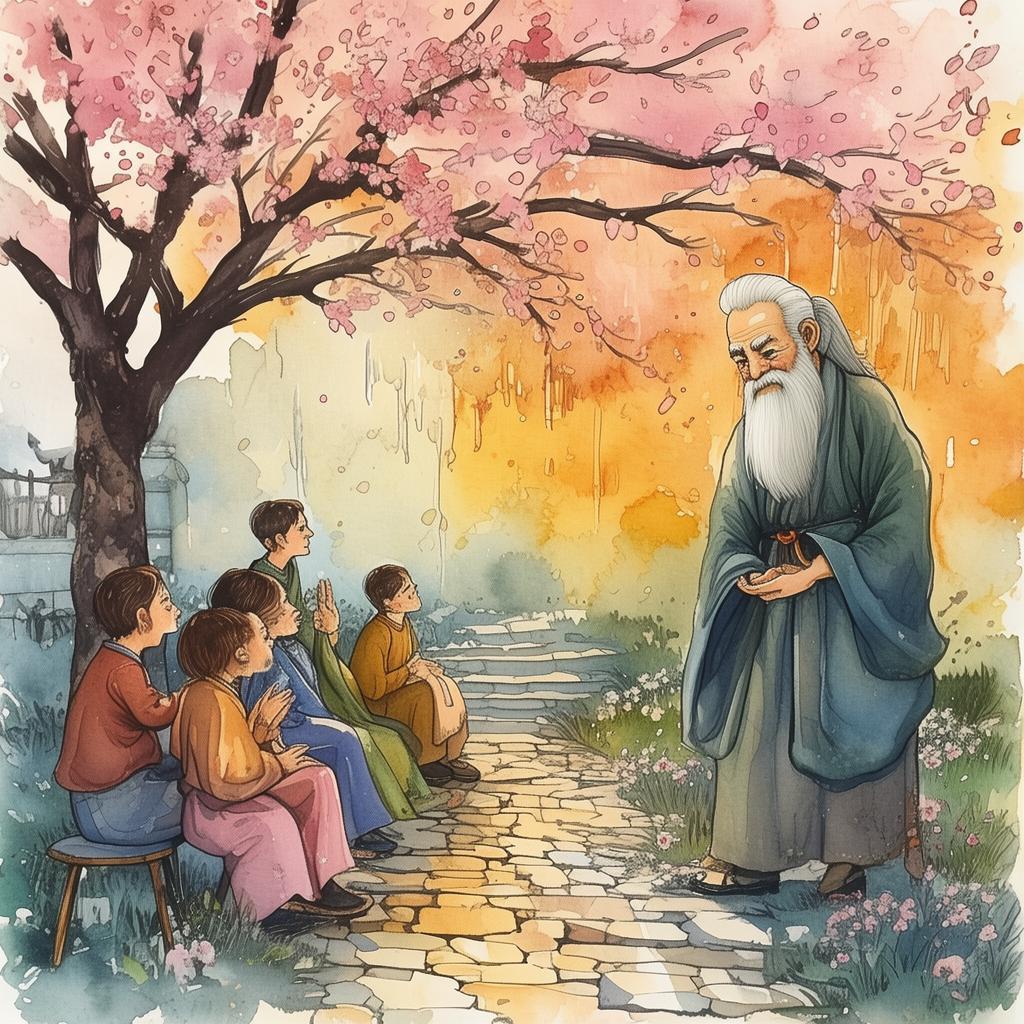
With this realization, Descartes came to understand that the universe was not a fixed and immutable entity, but rather a living, breathing organism, constantly evolving and changing. He saw that the world was not a place of certainty, but a place of mystery, a place where the unknown was as much a part of life as the known.
Descartes' journey did not end with the discovery of the curve. He continued to seek truth, to explore the conundrums that continued to challenge him. He wrote treatises, he conducted experiments, and he engaged in debates with other scholars. But through it all, he remained grounded in the knowledge that he had gained from the curve, the knowledge that the universe was a place of endless possibilities.
Years passed, and Descartes' work began to spread throughout Europe. His ideas were revolutionary, and they sparked a new era of philosophical thought. People began to question the very nature of reality, to seek answers to the conundrums that had eluded them for centuries.
Descartes himself remained humble, knowing that he had only scratched the surface of the infinite. He continued to study, to ponder, to seek the truth that lay beyond the curves and conundrums of his own mind.
In the end, Descartes found that the path to enlightenment was not a straight line, but a curved path, a path that led through the mysteries of the universe and the depths of his own being. It was a path that required courage, perseverance, and a willingness to question everything he thought he knew.
And so, as Descartes lay on his deathbed, he looked back on his life and smiled. He had found the truth, or at least a glimpse of it, and he knew that his work would continue to inspire others to seek the same enlightenment.
The Cartesian Crossover: A Philosophical Reflection on Curves and Conundrums is a tale of intellectual pursuit and spiritual awakening, a story that shows us that the path to truth is not a straight line, but a curved path, a path that requires us to embrace the unknown and the mysteries of the universe.
✨ Original Statement ✨
All articles published on this website (including but not limited to text, images, videos, and other content) are original or authorized for reposting and are protected by relevant laws. Without the explicit written permission of this website, no individual or organization may copy, modify, repost, or use the content for commercial purposes.
If you need to quote or cooperate, please contact this site for authorization. We reserve the right to pursue legal responsibility for any unauthorized use.
Hereby declared.

